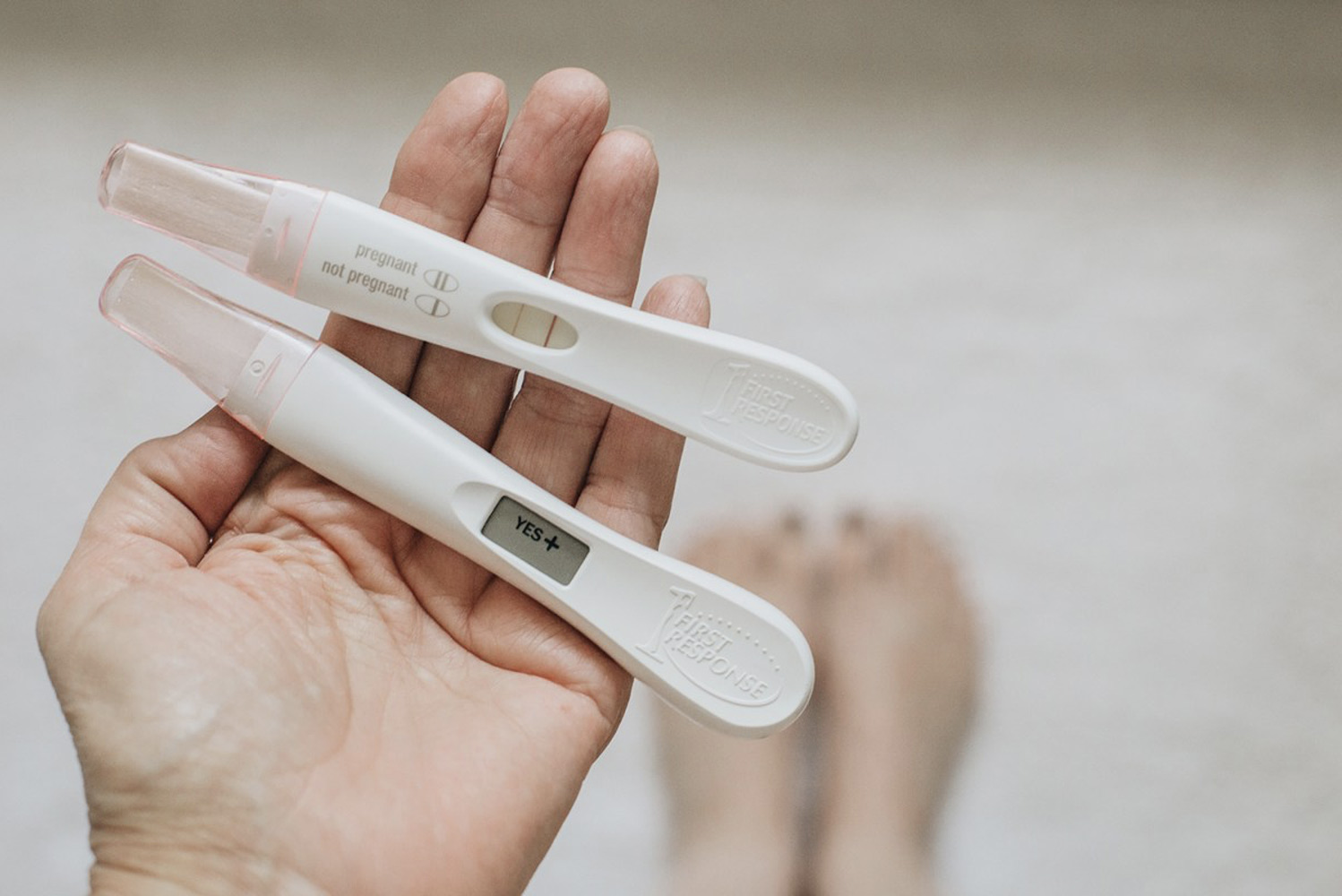A Guide to Pregnancy Tests & Ovulation Tests
Hanz DG

A Guide to Pregnancy Tests & Ovulation Tests
Introduction:
Pregnancy tests and ovulation tests are crucial tools that help individuals monitor their reproductive health. This article provides a comprehensive overview of the different types of pregnancy tests and ovulation tests available, including home pregnancy tests and GP pregnancy tests. We will discuss the sensitivities and formats of these tests, the possibility of false positives in pregnancy testing, and the role of basal body temperature monitoring in ovulation tracking.
Pregnancy Tests:
- Home Pregnancy Tests:
Home pregnancy tests are easily accessible and can be performed in the comfort of one's own home. These tests detect the presence of human chorionic gonadotropin (hCG) hormone in urine, which is produced during pregnancy. Home pregnancy tests are available in various sensitivities, typically ranging from 10mIU/ml to 25mIU/ml. The sensitivity value indicates the minimum concentration of hCG that the test can detect. Tests with a sensitivity of 10mIU/ml can detect pregnancy at an early stage, even before a missed period, while tests with a sensitivity of 25mIU/ml may require a higher level of hCG to provide accurate results. - GP Pregnancy Tests:
General Practitioner (GP) pregnancy tests are typically performed at a healthcare professional's office. These tests also detect hCG hormone, but they may have a higher sensitivity than home pregnancy tests, enabling earlier detection of pregnancy. GP tests often have a sensitivity of 5mIU/ml, allowing for accurate results even in the very early stages of pregnancy.
False Positives in Pregnancy Testing:
While pregnancy tests are highly reliable, false positive results can occasionally occur. Factors such as certain medications, medical conditions (such as an ectopic pregnancy or ovarian cysts), or certain types of cancer can lead to false positive results. It is advisable to repeat the test after a few days or consult a healthcare professional for further evaluation in case of doubt or unexpected results.
Ovulation Tests:
Ovulation tests help individuals determine their most fertile days by detecting a surge in luteinizing hormone (LH) levels in urine. This surge occurs approximately 24-36 hours before ovulation, indicating the best time to conceive. Ovulation tests are available in various formats, including strips, midstream tests, and digital tests.
Basal Body Temperature Monitoring:
Basal body temperature (BBT) monitoring is another method to track ovulation. This method involves recording your body temperature every morning before getting out of bed. During ovulation, a woman's BBT slightly increases due to hormonal changes. Tracking these temperature changes across menstrual cycles can help identify the fertility window. However, BBT monitoring alone does not predict ovulation as precisely as ovulation tests, so it is often beneficial to use both methods in combination.
Conclusion:
Pregnancy tests and ovulation tests play a significant role in monitoring reproductive health. Home pregnancy tests provide an accessible option for detecting early pregnancy, while GP tests offer higher sensitivity for early detection. False positive results may occur in pregnancy testing, although they are relatively rare. Ovulation tests, available in various formats, help individuals identify fertile days, while BBT monitoring can provide additional information to track ovulation. It is essential to follow the instructions carefully for accurate results and consult a healthcare professional for further guidance if needed. Remember, these tests and monitoring methods are valuable tools that can assist in family planning and fertility tracking.


